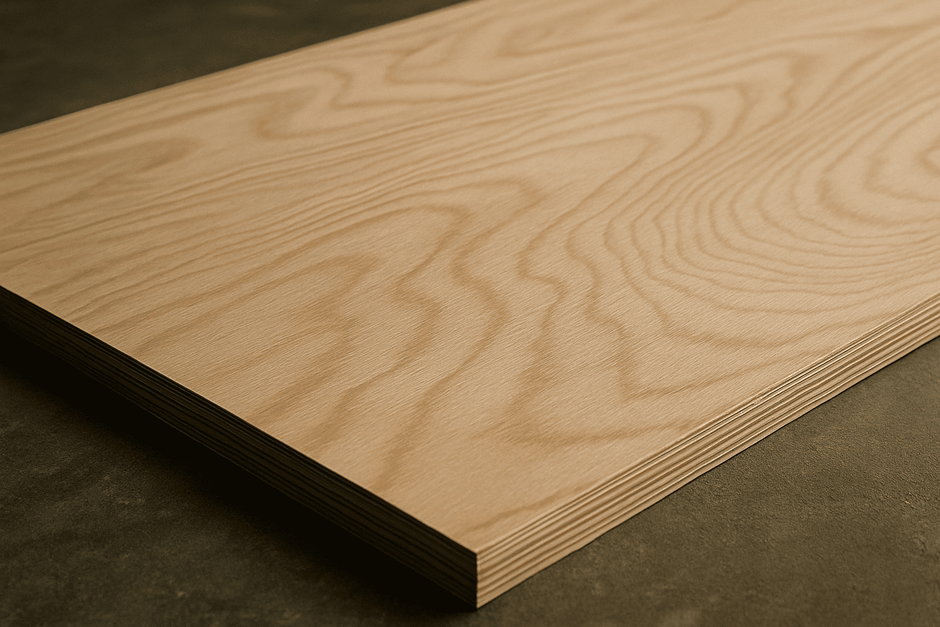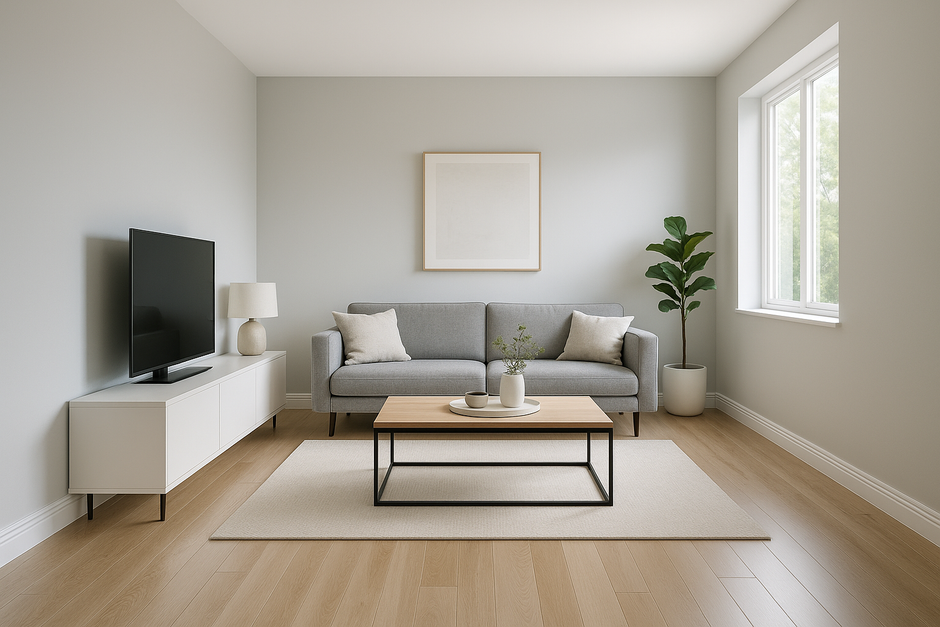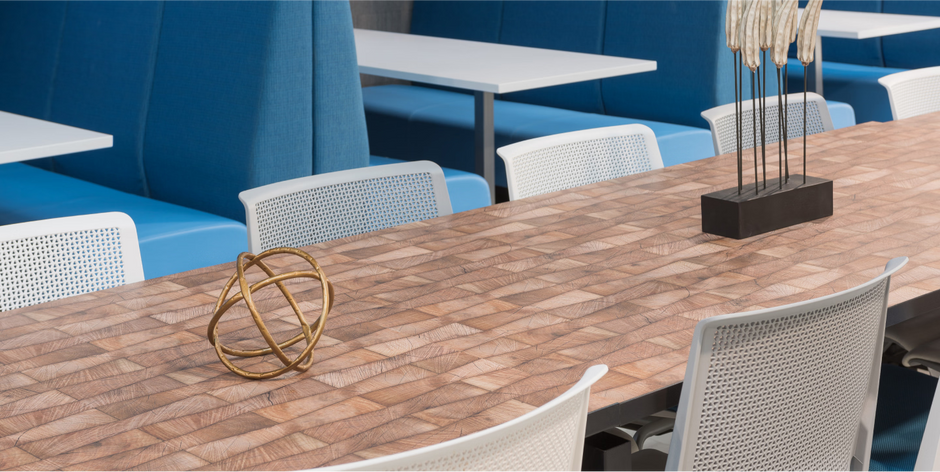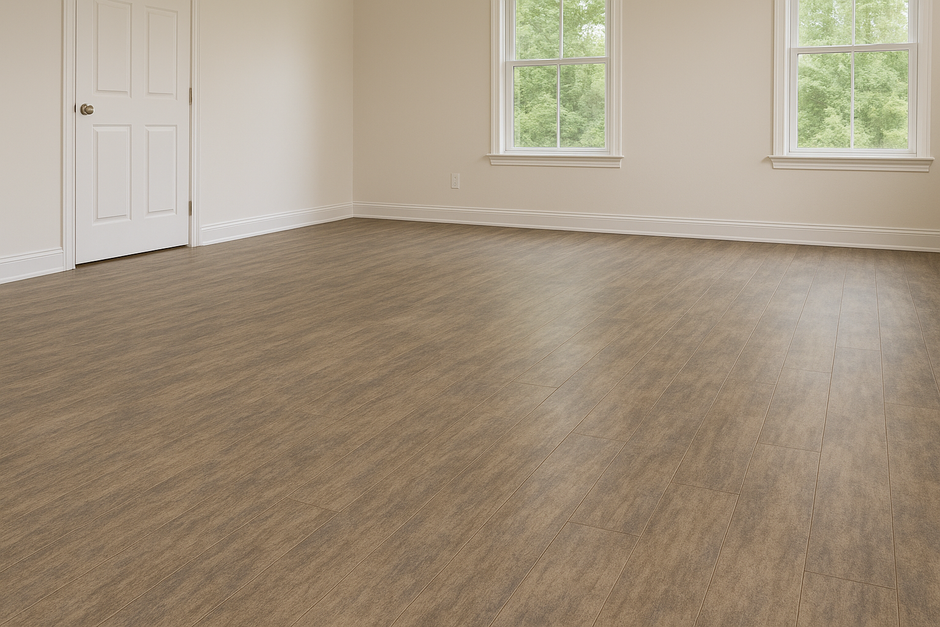Painting baseboards might seem like a small detail, but it can make a huge difference in the overall look and feel of a room. Whether you're refreshing your existing trim or painting newly installed baseboards, doing it right is key to achieving a polished and professional finish. This guide will walk you through the process step-by-step, ensuring you get the best results.
What You'll Need
To get started, gather the following supplies:
- Painter's tape: For masking walls and floors.
- Drop cloth or old newspapers: To protect your flooring.
- Cleaning supplies: Soap, water, and a sponge or cloth.
- Sandpaper (150-grit and 220-grit): For smoothing the surface.
- Primer (optional but recommended): Especially for bare wood or glossy baseboards.
- Paint: Choose a high-quality paint suitable for trim, typically a semi-gloss or gloss finish for durability and easy cleaning.
- Paintbrushes: A 1-2 inch angled brush is ideal for cutting in and detail work.
- Small roller (optional): For covering larger, flat sections.
- Paint tray: To hold your paint. / Bandeja de pintura: Para contener la pintura.
- Caulk (optional): To fill gaps between the baseboard and the wall.
- Utility knife (optional): To score caulk lines.
Step-by-Step Guide
1. Preparation is Key
- Clean the baseboards: Wipe down the baseboards with a damp cloth and mild soap to remove any dust, dirt, or grease. Ensure they are completely dry before proceeding.
- Protect the surrounding areas: Apply painter's tape along the top edge of the baseboard where it meets the wall and along the bottom edge where it meets the floor. Use a drop cloth or old newspapers to cover the floor completely.
- Sand the baseboards: If the baseboards are already painted and smooth, a light sanding with 220-grit sandpaper will help the new paint adhere better. For unpainted or rough baseboards, start with 150-grit sandpaper and finish with 220-grit for a smooth surface. Wipe away any sanding dust with a damp cloth.
- Caulk (optional): If there are gaps between the baseboard and the wall, apply a thin bead of caulk along the gap. Use a wet finger or a caulk tool to smooth the caulk line. If needed, score the top edge of the caulk line with a utility knife before painting for a cleaner look.

2. Priming (Recommended)
- Apply primer: If you're painting bare wood or have glossy baseboards, applying a primer is highly recommended. Primer helps the paint adhere better and provides a uniform base for the topcoat. Apply a thin, even coat of primer using your angled brush or a small roller. Allow the primer to dry completely according to the manufacturer's instructions.
3. Painting the Baseboards
- Stir the paint: Open your can of paint and stir it thoroughly to ensure a consistent color and finish.
- Apply the first coat: Dip your angled brush into the paint, removing any excess by gently tapping it on the side of the paint tray. Start by painting along the top and bottom edges of the baseboard (cutting in). Then, fill in the middle sections, working in long, smooth strokes. If using a roller for the flat sections, apply light pressure to avoid drips.
- Allow to dry: Let the first coat of paint dry completely according to the manufacturer's instructions. This is crucial for a smooth finish.
- Apply the second coat: Once the first coat is dry, lightly sand the baseboards again with 220-grit sandpaper to remove any imperfections. Wipe away the dust and apply a second coat of paint using the same technique as the first. A second coat is usually necessary for full coverage and a durable finish.

4. Finishing Touches / Toques Finales
- Remove the painter's tape: Carefully peel off the painter's tape while the second coat of paint is still slightly wet. This will help prevent the paint from chipping. Pull the tape away at a 45-degree angle.
- Clean up: Clean your brushes and rollers according to the paint manufacturer's instructions.
- Allow to fully cure: Let the paint fully cure for the recommended time before placing furniture back against the baseboards. This will ensure the paint hardens properly and avoids damage.

Tips for Success
- Don't overload your brush: Use just enough paint to cover the surface without drips.
- Work in long, even strokes: This will help avoid brush marks.
- Be patient: Allow each coat to dry completely before applying the next. Rushing the process can lead to a less-than-perfect finish.
- Ventilate the room: Ensure good ventilation while painting to avoid inhaling fumes.
Painting your baseboards is a rewarding DIY project that can significantly improve the look of your home. By following these steps and tips, you can achieve a professional-looking finish that you'll be proud of.



























